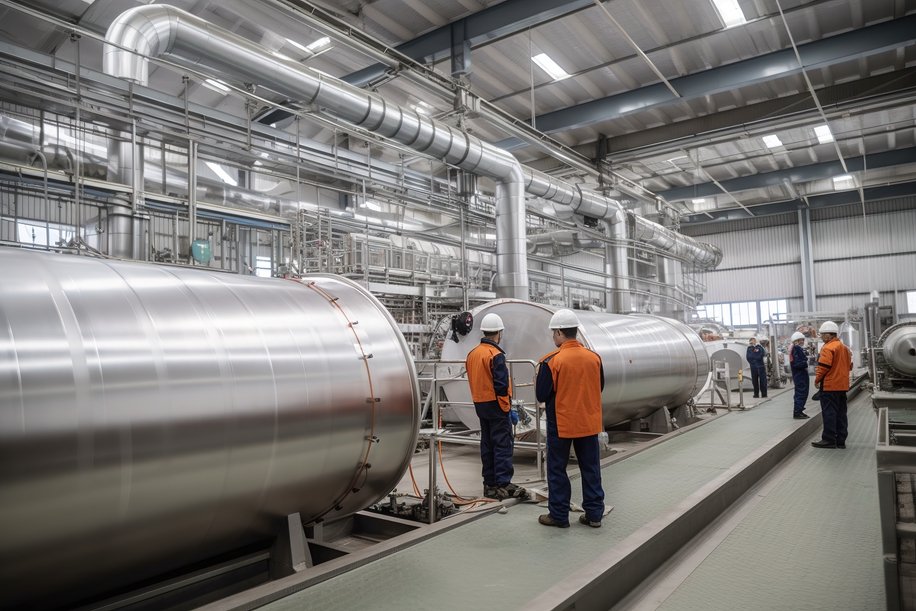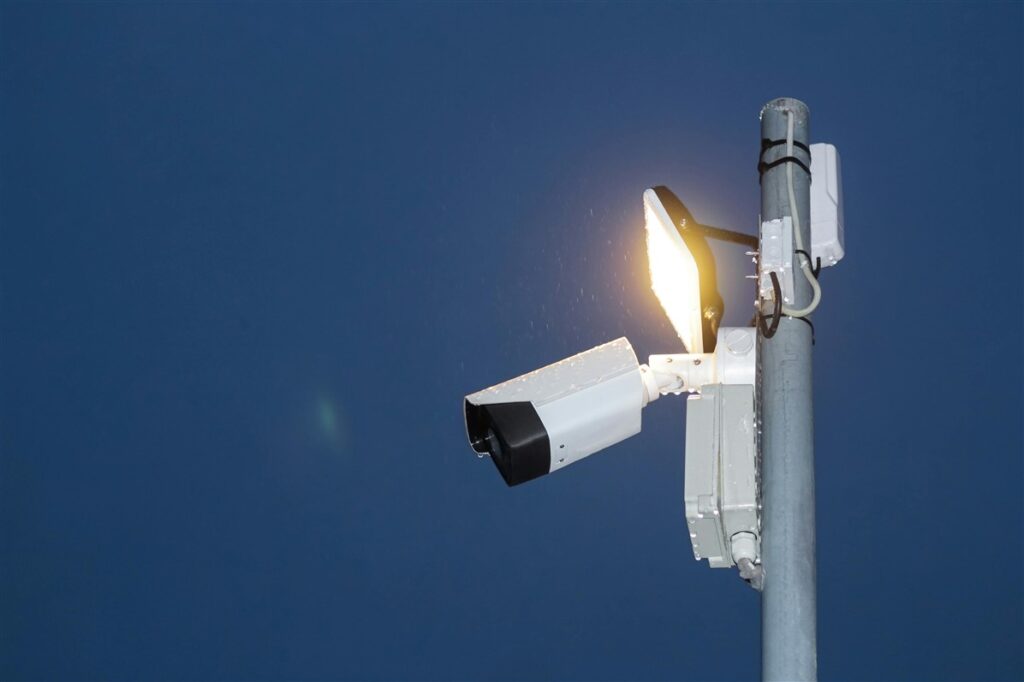Jargon Buster – Electrical Installation Condition Reports (EICRs)
The electrical world can be confusing and we’ve all come across some terms that don’t make much sense. That’s why in each issue of wired we unravel a piece of industry gobbledygook and tell you what it means – In plain old English.
Electrical Installation Condition Reports (EICRs)
SO WHAT IS AN EICR?
You know how every year you get an MOT for your car? Well, the Electrical Installation Condition Report or EICR is basically the equivalent of an MOT for the wiring in a building.
WHY DO I NEED AN EICR?
No one wants to work in an unsafe building – or put their employees at risk. EICRs are therefore essential as they are a way of checking that the building’s electrical systems are safe for staff to use, from operating large-scale heavy machinery to plugging in the kettle at tea break.
Over time, every electrical installation will deteriorate, so it’s wise to carry out periodic testing to check a system is working and there’s less risk of a building’s electrics causing harm. Furthermore, most insurance companies will require an EICR to be carried out before they will insure a building.
WHAT DOES AN EICR CONSIST OF?
First a variety of tests and a detailed visual inspection will establish whether any work needs doing for the system to be maintained in a safe and serviceable condition. The results of these tests will be written up in a report, detailing any deterioration and damage, with particular note of defects that can lead to unsafe conditions for users.
Any limitations – for example, lack of access or instructions not to test certain systems – should also be listed in the report. It’s best not to cut corners because it will appear in the report and won’t do you any favours in the long run.
The EICR can form the basis of recommendations for remedial work or it may be a starting point for further inspections.
WHAT AREAS ARE COVERED BY THE REPORT?
The key focus is safety and the Electrical Safety Council lists the following as being among the areas to be covered:
• Safety of persons against the effects of electric shock and burns
• Protection against damage to property by fire and heat arising from an installation defect
• Confirmation that the installation is not damaged or deteriorated so as to impair safety
• Identification of non-compliances with the current edition of BS 7671, or installation defects, which may give rise to danger.
Each observation should fall under one of three Classifications Codes:
Code C1 ‘Danger present’
Code C2 ‘Potentially dangerous’
Code C3 ‘Improvement recommended’
WHO SHOULD CARRY OUT THE EICR?
The inspection and testing of electrical installations should be carried out by a competent person with the knowledge and experience to understand the testing requirements and the skill to carry them out safely. They should also have a good knowledge of the installation being tested.
This is where opting to do things on the cheap can lead to problems being missed. Using an experienced and well-qualified electrician will save you a lot of heartache in the long run.
Things to consider:
• The age of your electrical installation can influence aspects such as wear and tear, corrosion, deterioration or damage. External influences can play a part, as can bad usage of electrical systems, such as excessive loading of plug sockets.
• An inspection can have limitations: eg. cables concealed within the fabric of the building can’t be checked.
• If an inspector finds a situation that presents real and immediate danger during testing, immediate action should be taken to make it safe.
• The report should be presented in a clear, accurate and concise manner without confusing technical terms; it should be a factual record, rather than a recommendation of work needed.
Call us today if you’re still itching to understand the techie aspects a little bit more, we’d love to talk to you!
Telephone: 01924 283 737

Our guide to building energy management systems
Building energy management systems (BEMS) are systems that allow you to monitor, control, and optimise the energy used within your building. The phrase building energy management system (BEMS) is often used interchangeably with the phrase building management system (BMS), but there are some differences. A BEMS is focused on energy-related systems such as lighting, heating, […]
Read more
How far does power travel and what impact does distance have on performance
It’s easy to take our electricity supply for granted. We flick a switch and instantly have light or power. We don’t even think about it unless there’s an issue or an outage. But when there is an issue or outage, the impact can be significant. For manufacturers, even the smallest change in power can make […]
Read more
Why visibility of the production process is so important
Operational excellence, efficiency and quality are top priorities for almost every manufacturer worldwide. These things lead to improved productivity, happier customers and reduced waste – all of which result in increased profits. Visibility of the production process is the key to achieving these things. And manufacturers now have access to technology that can provide real-time […]
Read more
Will security lighting help to protect my staff?
Looking after the safety and well-being of employees should be a priority for any business. And while it’s not possible to mitigate every risk, there are measures you can take to improve their safety and security. One measure that is often overlooked is the installation of security lighting. When daylight disappears, visibility is reduced, increasing […]
Read more
Top 5 considerations when comparing electrical quotes
Budget is always a factor when you’re considering any type of upgrade, revamp, or maintenance work within your factory. But when it comes to electrical work, you have to consider more than just money. Don’t rush into accepting the cheapest electrical quotes without knowing exactly what you’re getting. Electrical work is not an area where […]
Read more
What is the role of companies in reducing our carbon footprint?
We should all be taking responsibility for protecting our planet and a big part of that is reducing our carbon footprint. But while it falls to all of us to do our bit, there is additional pressure on manufacturers, especially those with high carbon emissions. As an absolute minimum, these companies should ensure compliance with […]
Read more

